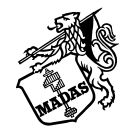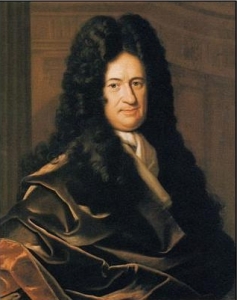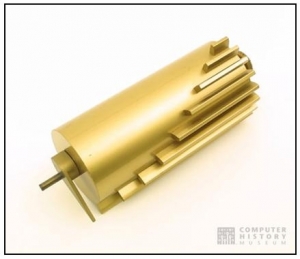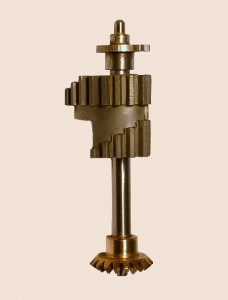Stepped drums (Leibnitz/Thomas style)
The basic problem of the design of a mechanical calculator was how to move a gear an amount proportional to the number to be added. The MADAS are designed to use the stepped drums. This design dates back to about 1694 and was first used in a machine made by Gottfried Leibniz. Charles Xavier Thomas tried to create the first commercial version of this type, and this is commonly called a Thomas machine.
The video, here under, created by Barbara Haeberlin, shows in a very clear explanation, how the stepped drum work, in order to add the numbers 5, 2, 3.
You can see in the drawing below, how the keyboard engages the stepped drum. The key (i) pushes a lever (a), backward, at a certain distance depending of the number entered on the keyboard, in order to move one of the cogwheels (b), at the exact place in front of the stepped drum (c).
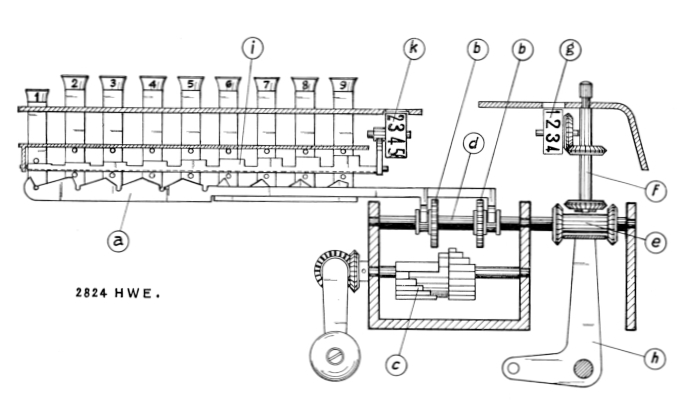
The Carry Mechanism
In most calculating machines, all of the digits of both numbers are added at the same time. Turning the crank causes all them to go into action at once. This is fine except for the problem of carry. Carries have to be handled from right to left after the addition, and the act of adding the carries can necessitate additional carries. The reason the cogs on the pinwheels or drums only go a portion of the way around the circumference is due to the room needed for the carry mechanisms.
